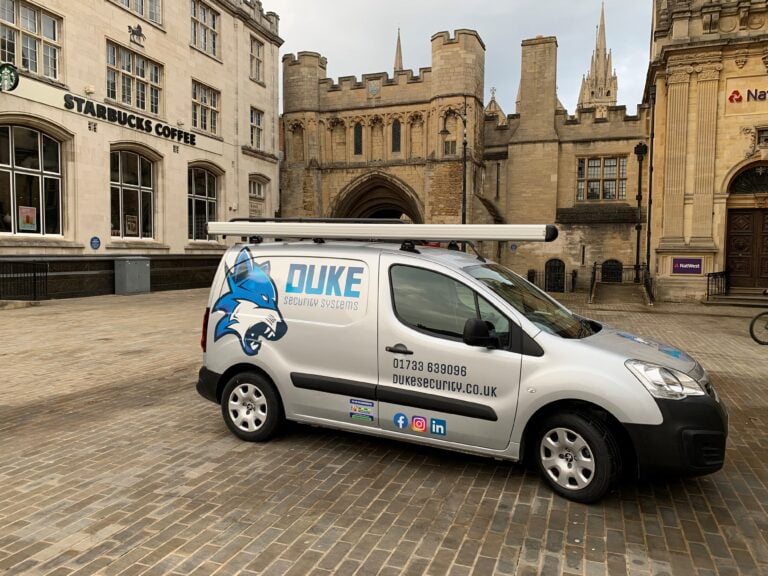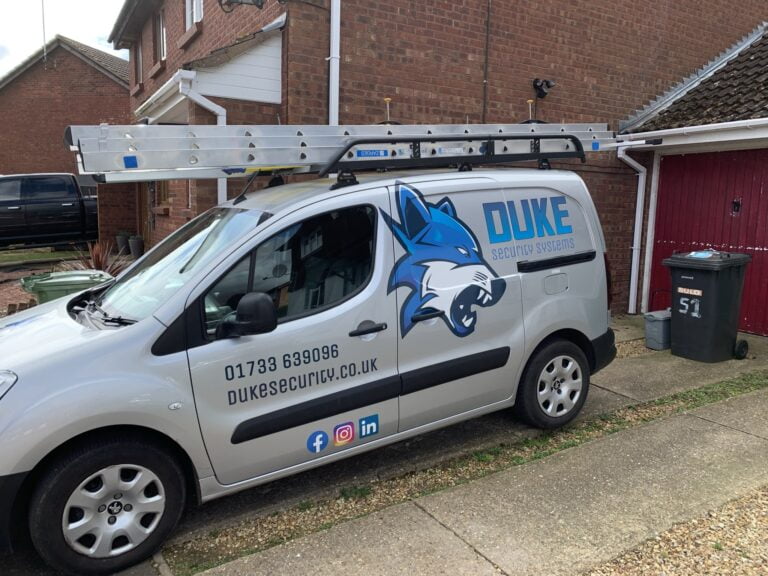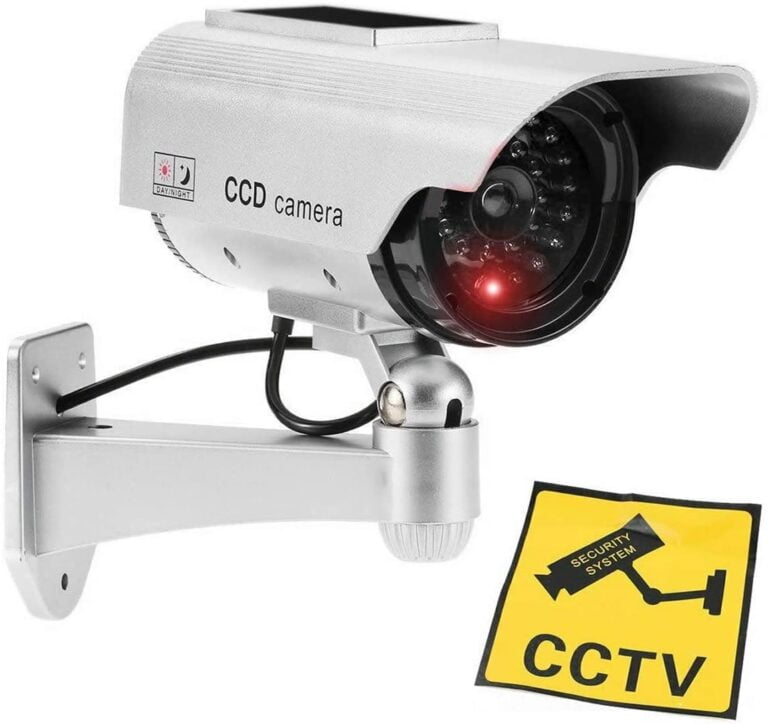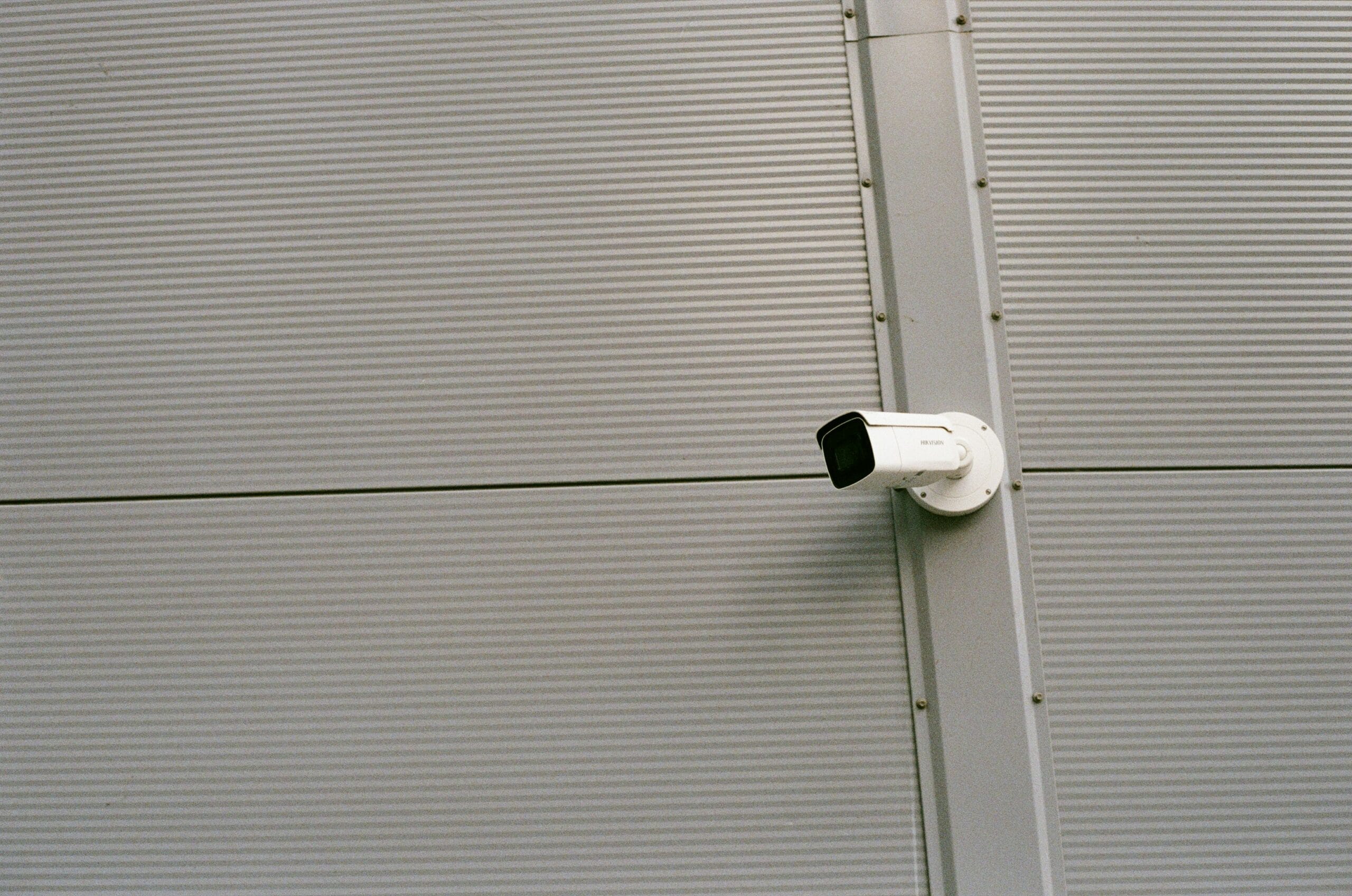Moving house is an exciting milestone, but with all the planning and logistics involved, home security can often be overlooked. Burglars sometimes target newly moved-in homeowners, knowing that security measures may not yet be in place. Taking the right precautions from day one can help protect your family and belongings, ensuring that your new home is safe and secure.
In this guide, we’ll cover essential security tips when moving house, helping you safeguard your property from the moment you collect your keys.
1. Change All Locks and Secure Entry Points
One of the first things you should do after moving house is change all external door locks. You never know how many copies of the keys are in circulation from previous owners, estate agents, or contractors. Consider installing high-security locks that meet British Standard BS3621 for maximum protection.
Safe Local Trades is a highly respected association of vetted businesses in and around Peterborough. To view their register of locksmiths, click here.
Additionally, check all windows and doors to ensure they close properly and have sturdy locks. If the house has a garage, update its security as well, since many break-ins occur through unsecured garage doors.
2. Install a Home Security System
A modern home security system can significantly deter burglars and give you peace of mind. Depending on your budget, you can opt for:
CCTV cameras to monitor entry points
A burglar alarm with remote monitoring
Motion-activated lights to illuminate dark areas
Smart security systems that allow you to control locks and cameras remotely
If the property already has an alarm system, change the access codes to prevent unauthorised access.
3. Assess Your New Home’s Security Weak Points
Before fully settling in, take a walk around your property to identify potential security weaknesses. Ask yourself:
Are there dark corners or blind spots that could be used as hiding places?
Is the fence or garden gate secure?
Are there overgrown bushes that could provide cover for intruders?
Addressing these vulnerabilities early on can make your home less attractive to burglars.
4. Update Your Home Insurance
Ensuring you have the right home insurance policy in place is a key step in protecting your new home. Check whether:
Your policy covers theft, damage, and emergency locksmith services.
The coverage includes accidental damage and valuable possessions.
Your security measures (alarms, CCTV, etc.) qualify for discounts on your premium.

5. Be Mindful of Moving Day Security
Moving day is often chaotic, with doors left open and valuable items on display. To keep your belongings safe:
Supervise removals staff and keep valuable items in a secure location.
Avoid leaving doors unlocked while carrying items in and out.
Have someone stay at the property while items are unloaded.
If possible, move in before announcing your new address publicly.
6. Don’t Advertise Your Move on Social Media
It’s tempting to share your moving excitement online, but avoid posting details about your new home until you’ve secured it properly. Broadcasting your moving date and location can make you an easy target for thieves.
7. Update Your Address Securely
When updating your address for banks, utilities, and official documents, ensure you do so securely. Set up mail redirection with Royal Mail to prevent personal information from being delivered to your old address and potentially falling into the wrong hands.
8. Get to Know Your Neighbours
Establishing good relationships with your neighbours can enhance your security. They can keep an eye on your property when you’re away and alert you to any suspicious activity. If there’s a Neighbourhood Watch scheme, consider joining for added security.
9. Install Outdoor Lighting and Secure the Perimeter
Dark, unlit areas around your property can be attractive to burglars. Installing motion-sensor security lights will illuminate driveways, gardens, and entrances, making it harder for intruders to go unnoticed.
Ensure that fences and gates are sturdy and lockable. Consider adding gravel pathways, which create noise when walked on, acting as an additional deterrent.
10. Protect Your WiFi Network
With smart home security becoming more popular, securing your WiFi network is an often-overlooked step.
Change the default router password.
Enable WPA3 or WPA2 encryption.
Use a strong, unique password.
Set up a guest network to keep smart devices separate from personal data.
11. Be Wary of Unsolicited Callers
New homeowners often receive unexpected visits from salespeople, contractors, or service providers. Always verify their identity before allowing them into your home. Consider installing a video doorbell so you can check who is at the door before opening it.
12. Secure Sheds and Outbuildings
Garden sheds and garages are often targets for burglars as they store valuable tools and equipment. Ensure they have strong padlocks, and consider installing a shed alarm for extra protection. For more information, see our blog on garage / outbuilding security.
13. Store Spare Keys Safely
Never leave spare keys under doormats, plant pots, or window ledges—these are the first places burglars will check. Instead, give a spare key to a trusted neighbour or invest in a secure key safe.
14. Check Existing Security Features
If your new home has an electric gate, intercom system, or access control system, check that they are functioning correctly. Change any default passwords and service any outdated security features.
15. Review Security Regularly
Once you’re settled, review your home security periodically. Criminals adapt, and so should your security measures. Stay up to date with local crime trends and adjust your defences accordingly.
Final Thoughts
Moving house is a fresh start, and ensuring your new home is secure from day one will help you settle in with confidence. By implementing these security tips when moving house, you can safeguard your property against potential threats and enjoy your new home with peace of mind.
For more expert security advice, visit Duke Security.













